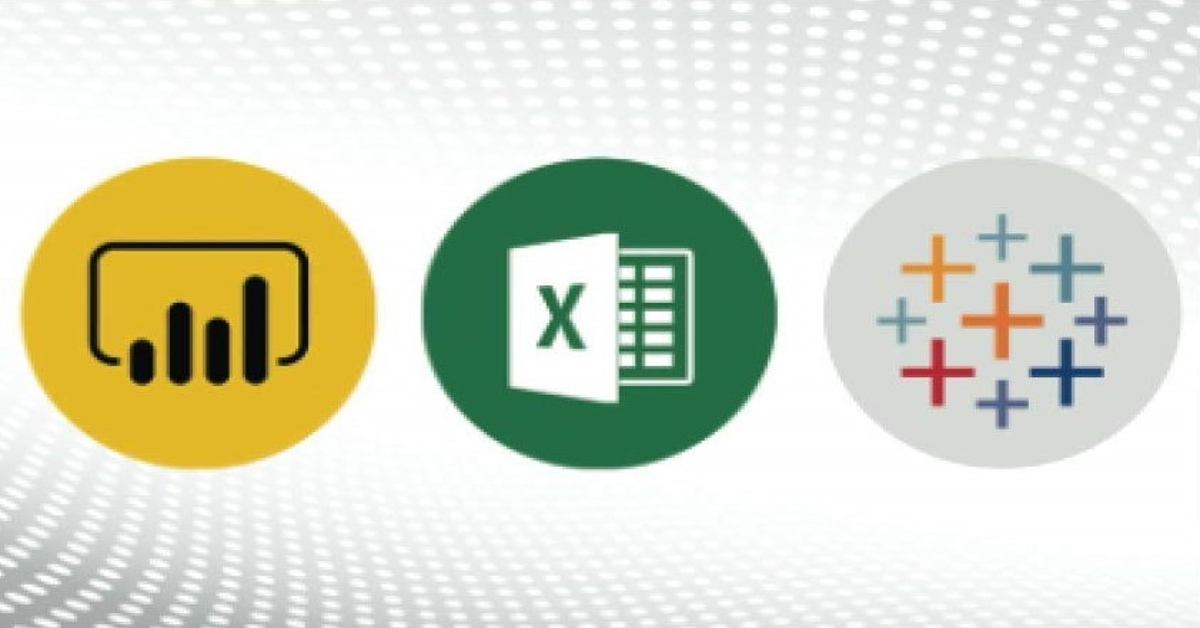Data Analysis with Excel, Tableau and Power BI - MIT Information Technology Systems

Data Analysis with Excel, Power BI and Tableau
Data analysis is the process of inspecting, cleaning, transforming, and modeling data to discover useful information, draw conclusions, and support decision-making. It involves a variety of techniques and methods to extract insights from data. Here's a general overview of the data analysis process:
Define the Problem or Objective:
- Clearly define the problem you want to solve or the objective you want to achieve through data analysis.
Data Collection:
- Gather relevant data from various sources. This could be databases, surveys, sensors, logs, or any other data repositories.
Data Cleaning:
- Clean the data to remove errors, inconsistencies, and missing values. This step is crucial for ensuring the accuracy of your analysis.
Data Exploration:
- Explore the data to understand its structure and characteristics. This involves summarizing key statistics, visualizing distributions, and identifying patterns or trends.
Data Transformation:
- Transform the data as needed. This may involve normalizing or standardizing variables, encoding categorical variables, or creating new features.
Data Analysis Techniques:
- Apply appropriate statistical or machine learning techniques to analyze the data. The choice of techniques depends on the nature of the problem and the type of insights you are seeking.
Interpretation of Results:
- Interpret the results of your analysis in the context of the problem or objective. Clearly communicate findings to stakeholders.
Visualization:
- Create visualizations to represent your findings. Visualizations such as charts, graphs, and dashboards can make complex patterns more accessible and understandable.
Documentation:
- Document the entire process, including data sources, cleaning steps, analysis methods, and results. This documentation is essential for reproducibility and transparency.
Decision Making:
- Use the insights gained from the analysis to make informed decisions or recommendations.
Iterate:
- Data analysis is often an iterative process. If necessary, revisit previous steps, refine your analysis, or incorporate additional data.
This course will teach how to work with data, clean, transform, and visualize data using the latest tools for easy data analytics.
Pre-requisite: This course can be taken by anyone as no knowledge of computer and/or IT is required for this course.
Who Should Attend?
Data Analysts
Financial Analysts
Course Details
- Course Duration2 Months
- SessionWeekdays, Weekends, Online
- Course OutlineMicrosoft Excel, Power BI, Tableau
- Course AmountN140,000
- Course Completion Certificate Awarded
